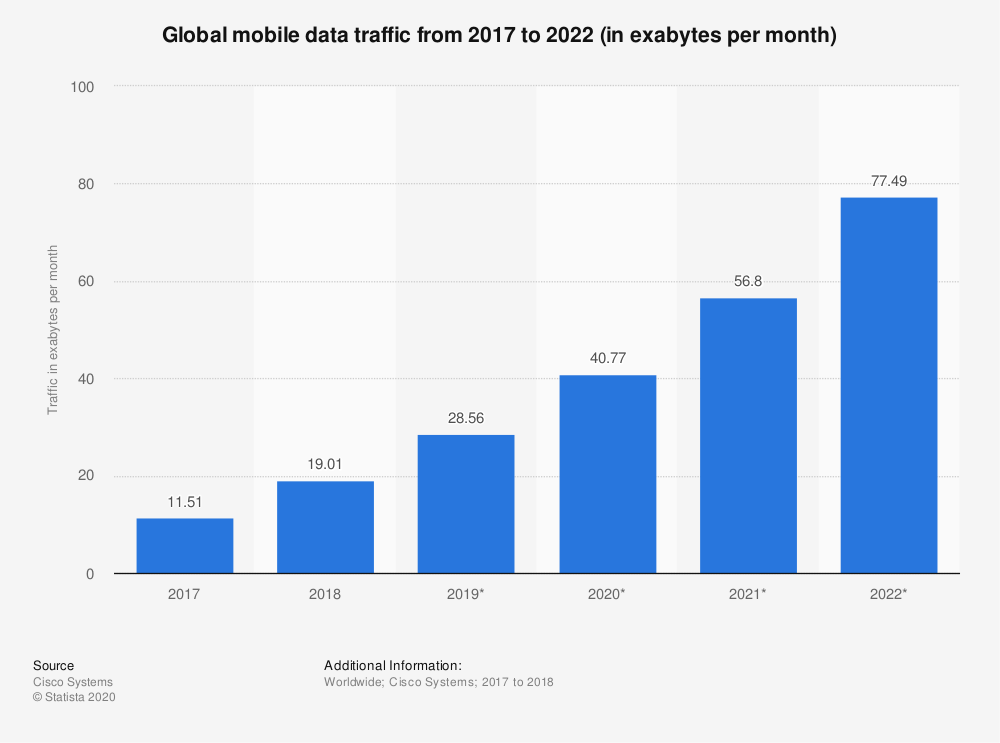SEO makes the website visible on search engines as the traffic to a website is initiated, and the chances of getting prospective leads increase. If you have a visitor there will be leads and those leads can then be converted to potential customers.
Search Engine Optimization is not a one-time procedure. It is a continuous process. Google regularly updates its algorithm to enable a website visitor to view the best content for which he has typed the keyword. This results in making the required changes on the website to match the searcher’s interest.
Has the process of Search Engine Optimization changed over the years?
It is said that SEO began around 1997. Over the years, the SEO process has evolved and will continue to evolve further with new challenges for SEO operators. The main component to successful SEO has been both –On-page and Off-page optimization – keyword density, relevant Meta Tags (titles and descriptions), content, quality of backlinks, etc.
If we consider SEO, UX METRICS- USER EXPERIENCE METRICS – holds the key to SEO success, because of new updates on Google. Good UX metrics numbers increase if average duration session, page per session along with a simultaneous decrease in bounce rate.
It also implies that along with UX metrics generation of more traffic on the website is essential – more traffic, more user experience. It is essential to generate traffic on the website with quality UX metrics to improve rankings and SEO.
SEO though takes time to show results, it is the best option of digital marketing for small businesses. The visibility of website for keywords due to implementation of proper SEO procedure can be a big boost for marketing.
How SEO has evolved?
SEO in recent times is more about Artificial Intelligence. SEO is not only about stuffing keywords as one can understand from the results produced by search engines. Artificial Intelligence algorithms are functional in various sectors, to track the necessary changes and use these metrics to give a more suitable output to the searcher. Google’s RankBrain algorithm plays an important role in ranking. It is a more in-depth study such as what is the thought of the searcher behind the query he has typed and what is his objective and accordingly, the search engine then produces the result.
Another significant development in SEO today is voice search – which is asking users to speak about their requirements rather than type. Alexa, Siri, and other voice searches are some of the tools which will get more attention in recent times and in the near future. Hence it has become more and more necessary for SEO to incorporate those long-tail keywords which are more like conversational as that will be output given by the search engines when the user voices his search query.
Why responsive WEBSITE is significant to improve SEO
A mobile-friendly website or responsive website is key to success in SEO. Create a responsive website because majority of the internet traffic is through mobile. It will continue to remain for the coming years. Today mobile users outnumber desktop users hence responsive website is crucial so that the visitor from mobile can browse through the website.

According to Statista mobile phone is used for half of the web traffic worldwide. In 2022 it is expected to be 77.5 exabytes per month worldwide which is an annual growth of 46 percent. Hence these figures clearly indicate that the webpage should be user-friendly meaning the website should be responsive for the user to be engaged and raise the user metrics.
SEO and EAT Principle – Quality content will always be the key to success in SEO as Google is always particular about delivering relevant and accurate information. Google recommends that those sites are displayed which are as per the E-A-T acronym and that is they have a high level of expertise, authority, and trustworthiness. This way Google ensures that only quality content reaches the searcher.
How to make content SEO friendly
When it comes to webpage content, it should be exhaustive, flowing, lucid style interspersed with relevant keywords but no stuffing of keywords. It should be comprehensive yet relevant to the topic and fresh. Catchy headings and titles for paragraphs also help viewers.
Duplicate content or plagiarism will not help in SEO anytime. Sharing links to the content will help to popularise the content as that will imply the content reaches more readers. One more significant approach would be relevant internal linking on a website. This would make the visitor move from one page to another page increasing the pages per session thereby increasing the UX metrics. Quality content helps to get indexed and it also helps to get the required visibility on Google Discovery.
Video Marketing – Video is one of the best digital marketing tools that can help SEO. Creating a video and uploading it on YouTube or similar other platforms will popularize the product, services, and brand as well. Content in video format is one of the most popular modes to increase traffic on the website. One can also add quality videos to increase the stay of the visitor on the website. This would increase the average duration session consequently giving better UX metrics numbers as average duration session, page per session increasing metrics. Also, traffic on the website leads to more UX metrics, better SEO, higher ranking on SERPs and thus increasing brand value.
Writing Blogs on Websites
Blog writing on websites and submission of blogs as guest bloggers also help to boost the UX metrics as the visitor will read the blog, will browse through the links in the blog, and thus would remain engaged on the website.
Pay-Per-Click (PPC) campaign and also Social Media campaign is also helpful in increasing traffic. PPC does not have a direct effect on SEO, however, PPC and SEO together help improve business. Similarly, Social Media helps to engage the user and indirectly helps SEO. It helps to generate backlinks and thus helps in ranking.
These strategies result in successful SEO. Off-page optimization checklists include directory submission, and posting in high-ranking bookmarking websites to generate traffic to an extent.
Some more SEO ranking factors in generating traffic. If you are selling branded items, it would yield a good result to include a brand name with the keyword. It implies that brand awareness is significant because brand awareness results in generating traffic and better CTR. One can increase brand awareness by using Social Media Optimization, writing blogs and articles, and posting those on high-ranking websites to give the required exposure to the brand. Writing an attractive post on Social Media such as Facebook, and Twitter highlighting the products and services along with distinguishing features differentiating from immediate competitors will enable you to push your brand.
SEO for local region: Brand awareness can be created by popularizing the brand in the local region. The website would rank higher in SERPs in the local region for location-related keywords if the location is included in META Tags and/or content. Listing in search engines such as Google Business, Bing Places or Yahoo local listing is also helpful. Even website listing can be done in local search engines. Another option is to include the address/phone number in the footers of all pages and create awareness of the location through social media.
Generating traffic for the website by using above-mentioned SEO strategies and by implementing various digital marketing options such as Email marketing, PPC, SMO can also increase the visitors to the website and thus lead to a successful business website and enhance brand awareness.
SEO is a long-term strategy and a long-term marketing program to increase brand value and maintain it for a successful business.
It will be great to know your feedback on the above post. You can send your feedback in the comments section below!

